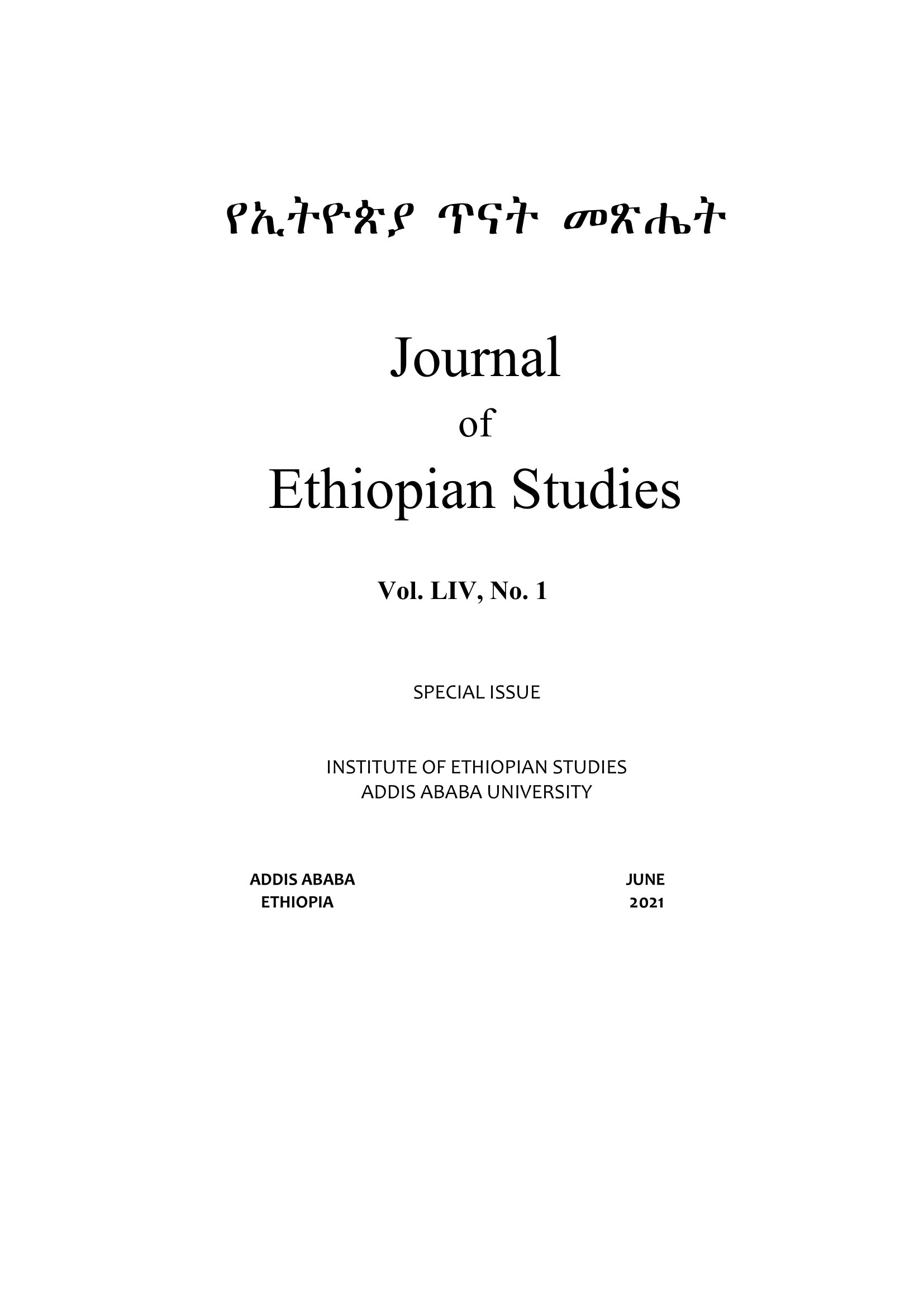The Benishangul-Gumuz Region: A Brief Political History, 1991-2001
Abstract
This paper attempts to reconstruct the political history of the BenishangulGumuz region from 1991 to 2001. To give a background for the study, the paper begins with an overview of the Sheikdoms of Aqoldi (Asossa), BelaShangul proper, and Khomosha in the Barta inhabited area to the South of the Abbay (Blue Nile) River, and Gubba in Gumuz inhabited area to the north of the river, which flourished long before the Ethiopian Empire expanded to the region. The Barta dominated the Bela-shangul sheikdoms, whereas the Gumuz were ruled either under the Gubba polity or under their ethnic political organization where the elders were the highest authority. The study argues that although the Barta and the Gumuz have many cultural and physical similarities and speak a Nilo-Saharan language family, the two dominant ethnic groups of the region never had a common administrative experience until the Bela-Shangul and the Gumuz inhabited areas were merged to form the “Benishangul-Gumuz National Regional State” after the 1991 change of government and establishment of new governance in Ethiopia. It also insists that during the first decade of its establishment, the Benishangul-Gumuz region remained politically fragile due to the lack of a well-developed interethnic relationship, mainly among the Barta of Bela-Shangul and the Gumuz, whose predominant settlement regions were naturally separated by the Abbay River.


